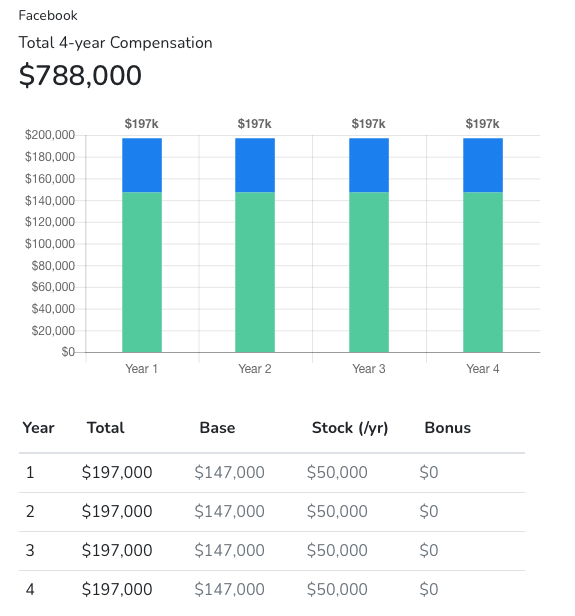A Brief History
Each year since 1990, the Department of Labor has allowed 85,000 college-educated foreign workers to legally work in skilled labor positions in the United States under the H-1B visa. If you find yourself in this category, you've likely consulted one of the many H1B-specific salary databases, such as H-1B Salary Database, for guidance regarding compensation for common job titles. These websites index data from the US Department of Labor's (DOL) Labor Condition Application (LCA), which specifically requires employers to provide information regarding wages and benefits they intend to pay the visa holder. The LCA is a matter of public record, and a prerequisite to filing an H-1B petition with the US Citizenship and Immigration Services. Essentially, these sites document basic salary data and make it easily accessible to the public.
Why You Need More Information
While this data is an excellent starting point for understanding the market for a given role and geographic location, it is often misleading or incomplete because it only states base salary information for the job title. Compensation structures vary greatly across industries, and rarely is base salary the sole indicator of how much an individual will receive in total take home pay. For instance, let's review the 2019 salary data for a Facebook Security Engineer in Menlo Park, CA:

Although the information seems straightforward and complete, to fully gauge how much companies are willing to pay, particularly big technology companies, you must first understand the "Total Compensation" philosophy many follow:
Total Compensation = Base salary + Bonus + Equity + Benefits
Based on the information provided above, the median salary for a Security Engineer in Menlo Park is approximately $147,000, which is helpful because it represents the portion of the compensation that is guaranteed. However, the data set above neglects to quantify compensation from a holistic perspective. Total take home pay, in most cases, will be significantly greater than $147,000 even though not all additional aspects of the total compensation package are guaranteed (e.g. bonus, which is usually performance based).
A Closer Look at Total Compensation
Let's take a closer look at the numbers using elements of the total compensation philosophy and Levels.fyi's Total Compensation Calculator. The graph below illustrates the following assumptions:
- Annual base salary of $147,000
- Equity grant of $200,000 over four years (25% vesting per year)
- No signing bonus

Keep in mind, this estimate still does not account for a sign-on bonus, annual performance bonuses, healthcare benefits, raises or other extraneous benefits (think free breakfast, lunch and dinner), which ultimately means the aforementioned total compensation only increases.
In closing, it's important to remember that there are frequent inaccuracies in published H-1B salary data simply because the information collected does not encompass key elements of total compensation as it pertains to a number of industries, most notably technology.
Feeling overwhelmed? You're not alone! Whether you have several offers to consider, or you simply want to get the best compensation package in exchange for your time and talents, try Levels.fyi's Negotiation Coaching sessions to guide your conversations with Talent Acquisition professionals. Levels.fyi's coaching team consists of former Recruiters from leading technology companies. Invest in you, and equip yourself with the confidence and strategies to effectively negotiate an excellent offer!

